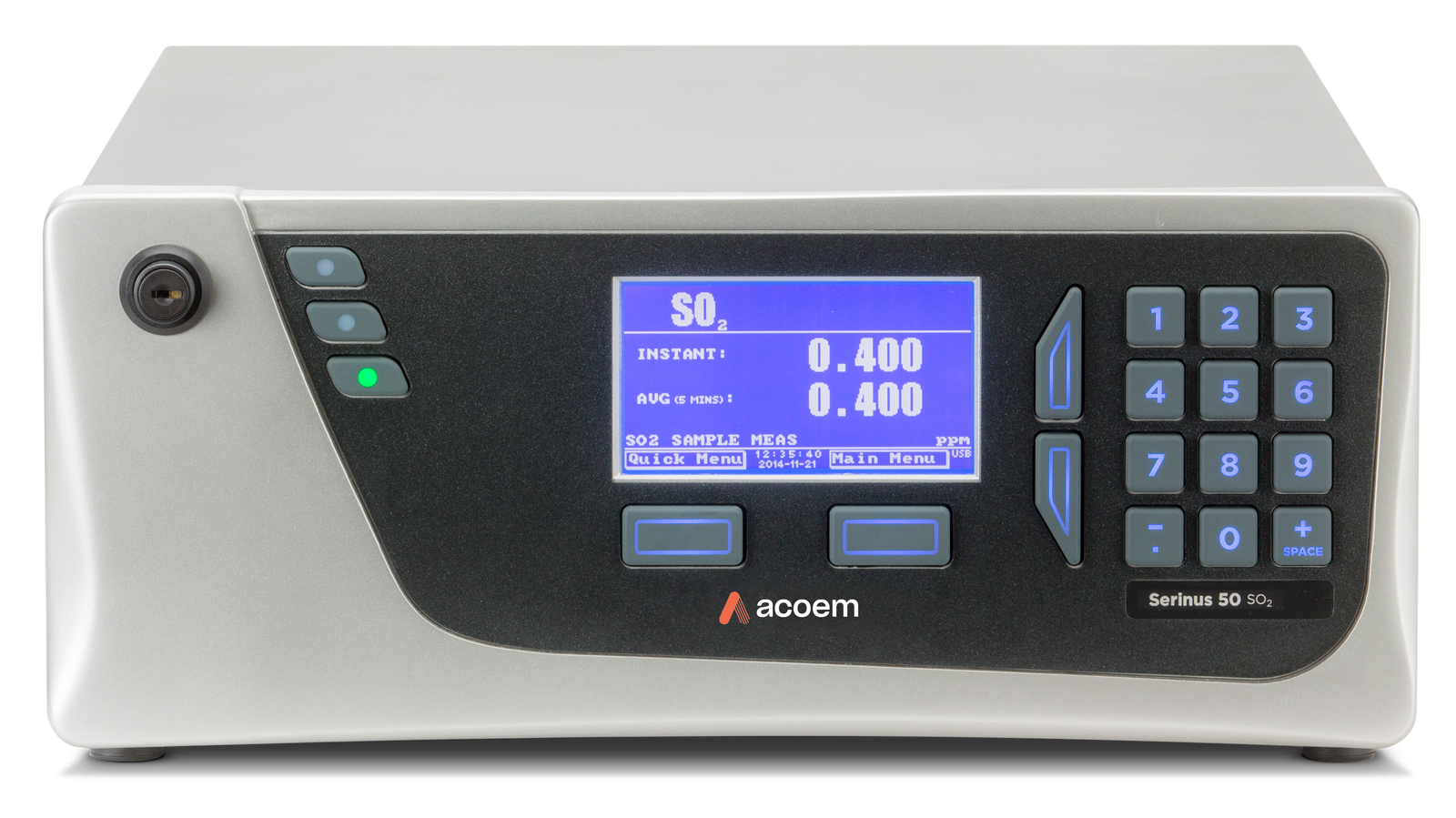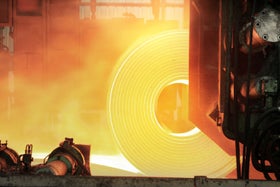
Air quality gas analyzers

We produce Serinus® analysers to efficiently and accurately monitor the following main gas pollutants that affect our ability to breathe clean air:
- Carbon monoxide (CO): a potential lethal colourless & odourless gas produced by burning gasoline, wood, propane, charcoal or other fuel
- Ground level ozone (03): the main component of smog & the product of the interaction between sunlight & emissions from vehicles & industry which can significantly affect the lungs
- Oxides of nitrogen (NOx): includes NO & NO2 – poisonous, highly reactive gases that form when fuel is burned at high temperature, impacting the lungs & respiration
- Sulfur dioxide (SO2): a toxic gas that smells like burnt matches that can be released naturally by volcanic activity or produced as a by-product of copper extraction & burning of sulfur-bearing fossil fuels, affecting respiratory systems & eyes.
Additional Serinus® analysers are available that include monitoring capabilities for Total Reduced Sulfur (TRS), Total Sulfur (TS), Hydrogen Sulfide (H2S) and Ammonia NH3.
Serinus® are the instruments of choice of researchers and government authorities and form an integral part of thousands of Acoem Continuous Air Quality Monitoring Systems operating in 80+ countries worldwide.


See it in action
Learn more or schedule a demo.
Would you like to…?

























